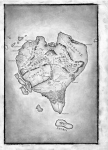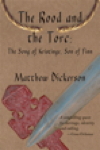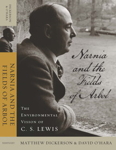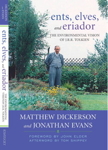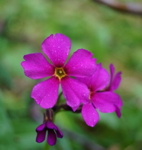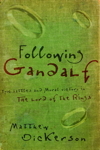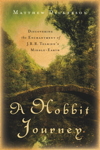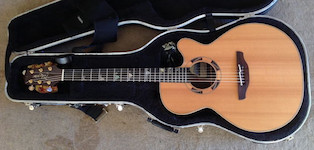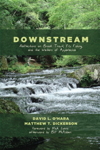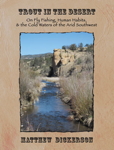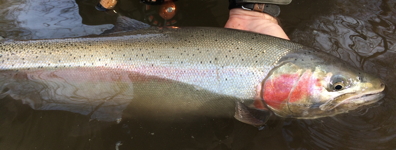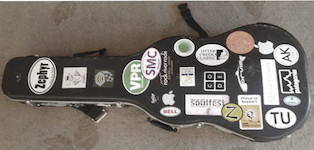WHERE TO LOOK
The Rood and the Torc: the Song of Kristinge, Son of Finn (Wings Press, 2014) is available from Wings Press.
It is also carried by major book distributors and is available at other fine independent bookstores through Indie Bound (or by special order of the book is not in stock.)
Although The Rood and the Torc was written to be read alone, readers might enjoy the prequel The Finnsburg Encounter (Crossway Books, 1991) which (sadly) is no longer in print, but is still available and has been relatively easy to find (and quite inexpensive) on the used book market through online searches.
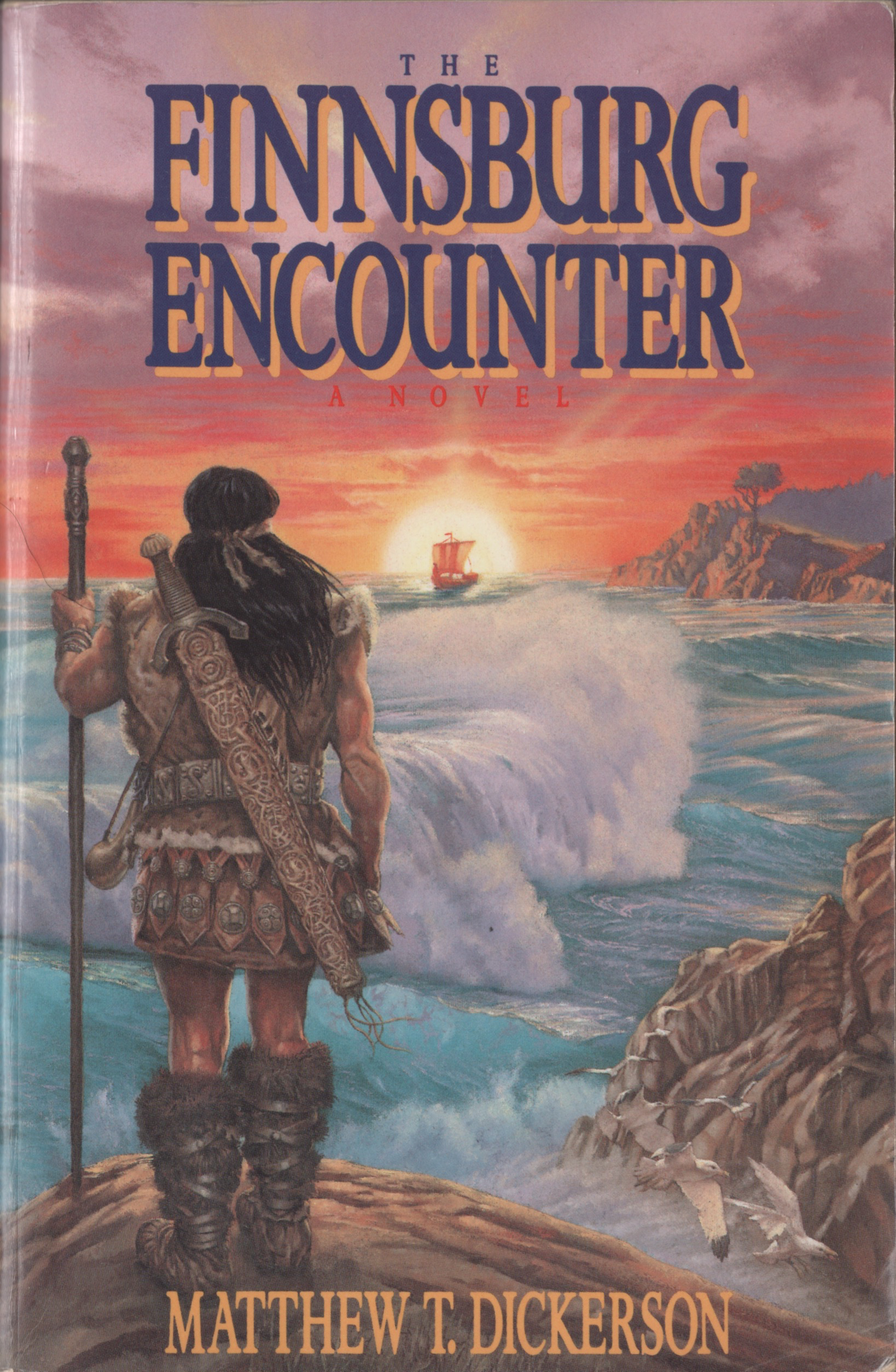
Support authors, publishing, the futher of good books, and local communities by purchasing The Rood and the Torc, The Gifted, The Betrayed and other books on your reading list at an Indie Bound Independent Local Bookstore. Please help keep reading alive!
NEWS
Matthew Dickerson has written many other works of fiction, creative non-fiction, and literary scholarship. For more on his writing click on the tabs above, or for news and updates and various relections, follow him onAnd for outdoor, nature, and fly-fishing writing:
"...it is so refreshing when something so penetratingly unique emerges from the blur. Such is the case with Matthew Dickerson’s new novel, The Rood and the Torc: the Song of Kristinge, Son of Finn (2014)... The Rood and the Torc has that “Northernness” that C.S. Lewis felt captured his sense of eternal longing; indeed, it is as if Kristinge brings together the humility of Frodo and the mysticism of Ransom. Dickerson takes the protagonist further than either Frodo or Ransom in moving through the personal struggles with destiny to a sense of vocation in the end. But in many ways the novel rhymes with the work of the Inklings as it captures the best of Dickerson’s other expressions." --review by Brenton Dickieson, in "A Pilgrim in Narnia".
ABOUT THE BOOKS:
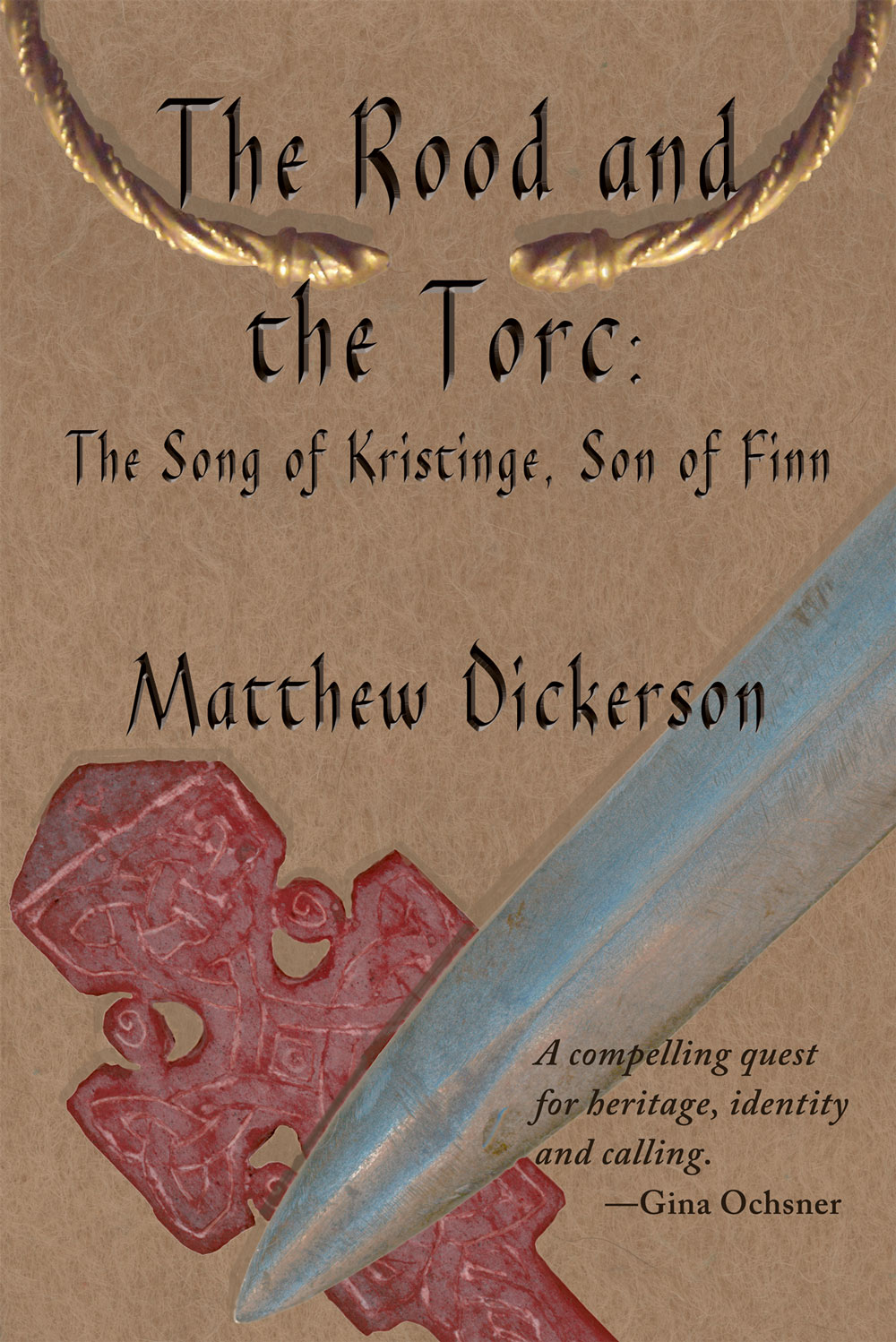
I describe these novels as works of medieval historic heroic romance. I suppose that each of these four descriptors needs some explanation.
"Historic fiction" is something of an oxymoron, isn't it? The stories are written by a modern author in the late 20th and early 21 centuries, but are set in the medieval era. To be specific, they are set in mid 7th century northern Europe. The first of the stories takes place entirely in Friesland, or Frisia at it is also often called. The second takes the reader from a monestary near the border of what is now France and Switzerland, across France and along the coast of the North Sea to Denmark, and eventually back down again to Friesland.
The central characters in The Finnsburg Encounter--the first of my two medieval tales--are Finn, his father Folcwalda, and his son Finnlaf, along with his Danish wife Hildeburh. These four, along with Hildeburh's father and brother and a few other Danish warriors, are literary figures drawn from the Old English epic elegaic poem Beowulf. They were likely real characters who were fictionalized by the Beowulf poet for a poem within the poem. But all we know of these possibly-historic characters comes from that one Old Engish poem and one other small fragmentary tale. My goal in writing The Finnsburg Encounter, inspired by the great medieval heroic elegaic poem, was to reimagine the story leading up to the famous fight at Finnsburg recounted in Beowulf. Essentially all of my tale, from the marriage of Finn and Hildeburh up to that fight, is from my imagination. So are many of the characters including my favorite three: Willimond, Ulestan, and Kristinge. But it also based on a considerable amount of reseaerch in medieval history and archaeology, as well as in Old English Language and Literature. Although there are many anachronisms in speech, mannerisms, and what are certainly more modern attutides, there is a strong historical and archaoelogical basis for jewelry, architecture, agricultural practices, ship design, weapons, and other customs.
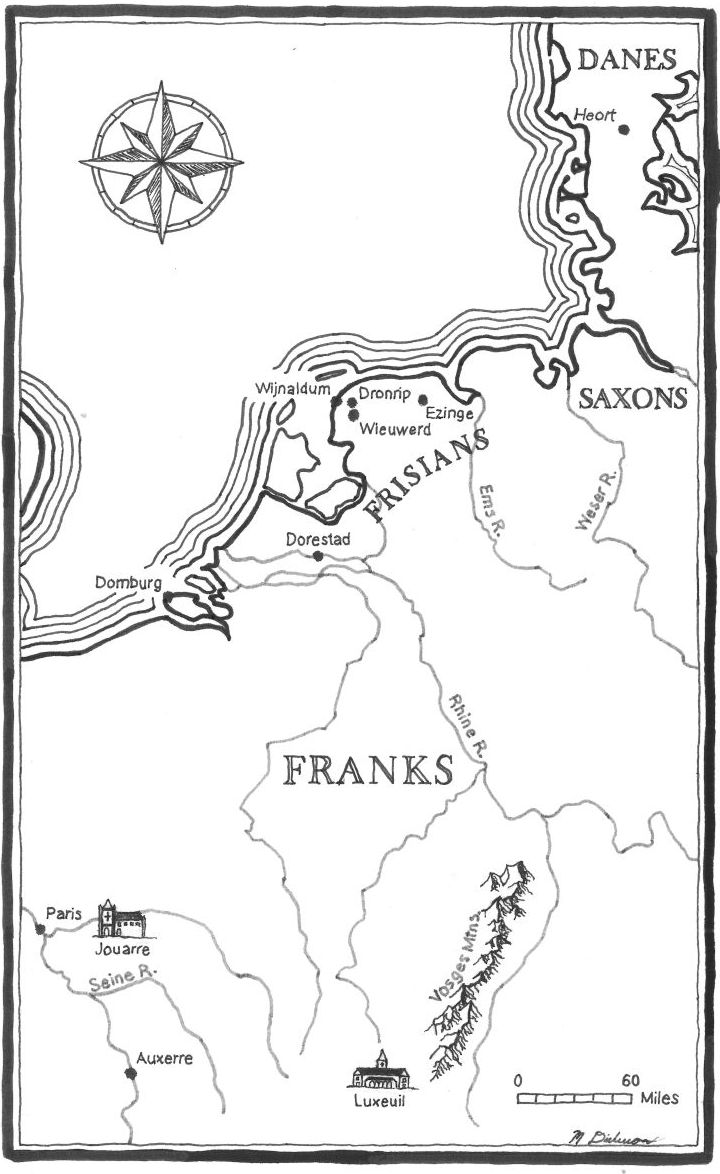
Also, both The Finnsburg Encounter and The Rood and the Torc contain some of my translation/adaptations of surviving Old English poems, as well as some new poems of my own--written in my best attempt to capture the rhtyhms and moods of the time.
Of course, not knowing who the "historical" figures of Finn and Hildebury were, we don't know exactly when their story took place (assuming it did, at all). So I had to pick a particular time in which to set it. In fact, I had an exact year in mind... though the exact year isn't really important.
By contrast, The Rood and the Torc, a sort of sequel to The Finnsburg Encounter, is not a retelling of any lost or fragmentary piece of medieval literature--English or otherwise. The imagined tale is entirely my own making. And, ironically, it is also more specifically rooted in particular historical events (rather than literary ones). (Once again, there was a very specic year for the start of the story. If you have studied the birth of France and the Merovingian Dynasty, you will be able to pin it down.) Though the two primary characters, Kristinge and Willimond, are entirely of my own imagination--come to me in the previous novel--many of the other characters they meet on their travels are real historical characters.
"Heroic Romance": My understanding of the term "heroic" is more Tolkienien than classical or Germanic.
Medieval Germanic Europe could be a dangerous and bloody time. The Finnsburg Encounter is about a Frisian chieftain-king named Finn, the son of an even more famous warrior-king named Folcwalda. Chieftains and kings did not in general rise to power by being gentle, literary figures. They became clan leaders and claimed the "torc" by being war-lords and battle-leaders. So as you might expect, there are a couple battles in The Finnsburg Encounter. But this is not a war story. And though heroism is shown in the form of bravery and self-sacrifice by many of the main characters in the story, there are many ways to be heroic other than in battle. Heroism is more powerfully shown in many small day-to-day decisions of a monk or a poet as well as a warrior--decisions to do what is right, even when it is costly, rather than doing what is easy or profitable.
In The Rood and the Torc the heroism may be more pronounced... but there is only one very short battle.
By contrast, I use the term "romance" in a more Germanic than modern American sense. Though both books involve a romantic love story--indeed, more than one--and I hope they are compelling and enjoyable, the loves stories are not the central focus of either book. The cliché cover on a typical grocery story romance novel would be misleading on either of these books.
All of which may be largely irrelevant to the most important point, which is simply that I wanted to write a compelling story, that would engage readers with strong prose, an intriguing tale, and compelling characters. It just happens to be one that was set 1300 years ago on a continent different from the one I live on.
As an author, I often find reviews of my books frustrating. Some read more like book summaries. Some give little impression that the reviewer actually read the book. And many reviewers (especially of non-fiction), instead of reviewing the book that was written, isntead review some other book they wish that had been written. That is, instead of looking at what the author actually did, and evauluating that, they look at what they--the reviewer--would like to have done.
So it was very refreshing to read this careful in-depth review of The Rood and the Torc by Brenton Dickieson for A Pilgrim in Narnia. excerpted above.
The Finnsburg Encounter was published a quarter century ago. I may still have a review saved in a file somewhere, but if so I don't know where it is.
FROM THE AUTHOR:
Work on these novels began in 1987 or 1988 when I was in graduate school at Cornell University studying Old English Language and Literature with Prof. Robert Farrell. My final exam at the end of one semester was to translate the poem "Deor" and then to write about its structure and meter and meaning. As part of my exam, I commented on how some of the stanzas would been more powerful for medieval listeners who were steeped in stories of the characters referenced by the poet--characters we might know little about today because their stories have been largely lost or forgotten. And--still as part of the exam--I decided to write a few more stanzas in Old English about some characters from Tolkien's writing who might be more familiar to a modern reader. I also thought it would be enjoyable to imaginiately recreate some of the lost stories. Which I ended up doing, except not the lost stories from "Deor" but the lost story from Beowulf: the lost story of Finn and Hildeburh and their sons.



